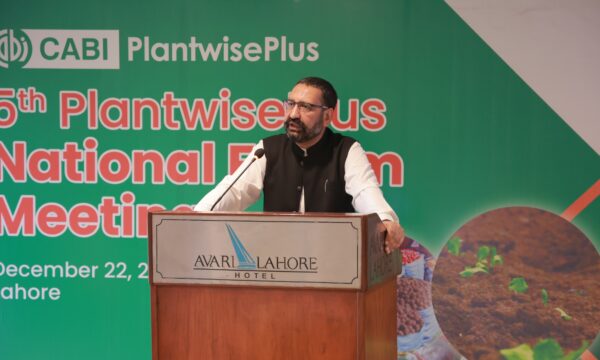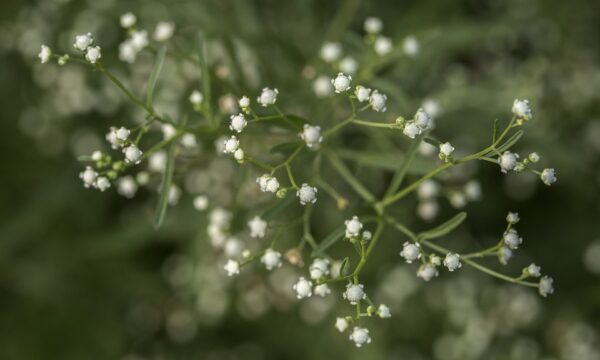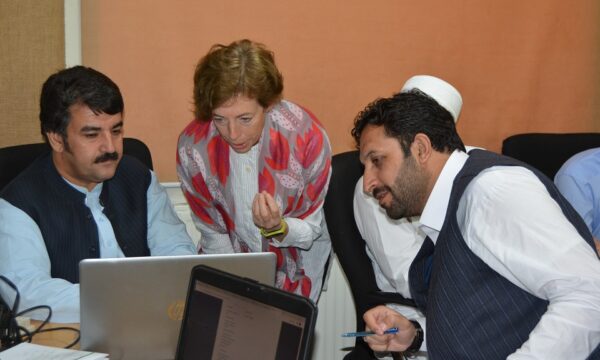
In an article recently published in The Journal of Agricultural Education and Extension, CABI authors set out to discover more about gender differences in access to rural agricultural information. The research was undertaken in Pakistan and found major gender differences regarding use and preference of agricultural information in relation age and literacy.
While agricultural advisory services are set up to ensure that valuable agricultural information reaches the most rural populations, women in these communities often do not have equal access to them. This means that broadly speaking, women in rural agriculture have less access to not only advisory services but then also by association, they also make less use of land, quality seed, pesticides, and credit, for example. Calls for gender parity in agriculture and the benefits of it are widely heard in international settings but as this paper states, any significant change will only be achieved when the underlying effects of inequality are better understood.
400 smallholder farmers (200 men and 200 women) from the Punjab province were interviewed about various aspects of rural life, from household dynamics and decision making to their perceptions of access, trust and quality of various information sources. In general, participants’ access to information was low across both genders, but lower for women where the only frequently accessed source was female friends/neighbours. Whereas men were accessing information in more official settings such as village offices or, most notably, the marketplace.

The market proved to be the most popular setting as an information source for men
Other factors assessed in the research were the effects of literacy and age on access to information. For men neither literacy rates nor age had any significant effect on men’s access to information, though men over 30 appeared more likely to feel comfortable accessing information at village offices than others. The same could be said for literacy rates where there was no huge difference but illiterate men considered the village office less convenient than literate men.
However, a significant finding that emerged was the difference in literacy rates between men and women. While only 38% of the men interviewed were illiterate, an overwhelming 75% of women were illiterate. Further, women over the age of 30 felt they had more access to information than younger women, particularly women under the age of 20 who had no access to information at all. However, this difference was only seen in male-headed households.
Individual and institutional gender perceptions need to be explored, understood and raised before any worthwhile changes occur.
While literacy did not affect women’s perception of use and access to informal services with female neighbours, friends, or lead farmers, i.e. all women felt as confident as each other in terms of verbal communication, illiterate women did not feel confident using formal services such as agrodealers. Interestingly, this dichotomy is not found in women’s perceptions of access: a literate woman will feel as uncomfortable or comfortable in an official location as an illiterate woman. This is where the complexities of equal access to information begin to emerge.

75% of the farm women interviewed in the study were illiterate. The national rate in Pakistan is 44% for women and 31% for men.
The authors state that while there is always value in improving literacy rates around the world, viewing it as a goal in and of itself could prove to be too linear. Instead, literacy should be seen as one aspect of gender capacity. As the paper states, “even though increased literacy might improve women’s interaction with formal services, it will not improve their willingness or capacity to visit official locations in order to get this information. Individual and institutional gender perceptions need to be explored, understood and raised before any worthwhile changes occur.”
In 2017, Plantwise trained 11 new female plant doctors in Afghanistan and 33 in China. And in Bangladesh, India, and Ethiopia, after discussions with plant doctors, a number of plant clinics were moved to locations more suitable for access by women.
These steps taken show an awareness to adapt and strive to ensure that women are offered more opportunities to access information. However, as the research in this paper strongly indicates, in each country and community, there remains a need to investigate deeper socio-cultural issues such as age and literacy and how these intersect with gender.
Gender differences in use and preferences of agricultural information sources in Pakistan is open access →
Related News & Blogs
CABI shares important new evidence on the legacy of Plantwise
A plant doctor works with a local farmer in Jamaica (© CABI) CABI has published a working paper assessing the legacy of Plantwise programmes in six countries: Nepal, Pakistan, Ghana, Kenya, Malawi, and Jamaica. The paper, entitled Plantwise Sustainabil…
20 February 2024




